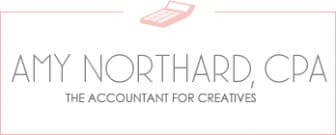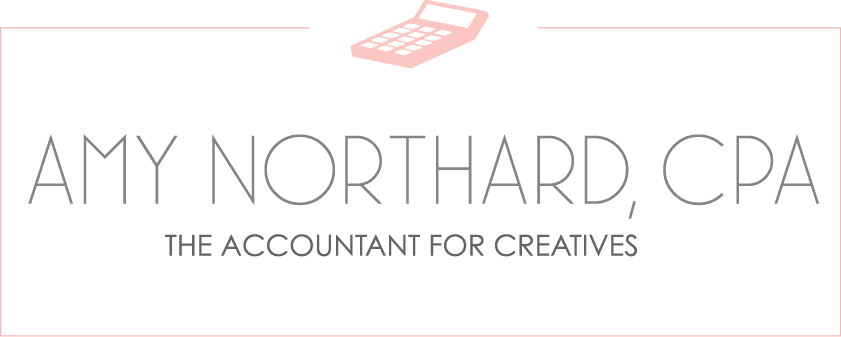At its surface, cost of goods sold seems like an easy number to calculate—it’s simply the amount you paid to create and deliver the goods you sold or services you delivered over a given time period.
But when you really start digging into it, it can sometimes be hard to distinguish what counts as a cost of goods sold (sometimes called COGS), and what’s just a normal business expense.
For example, if you’re a wedding photographer, does your Photoshop subscription count as a cost of goods sold? You definitely need it to produce your goods, but it’s not like you buy a new subscription every time you process a new shoot, like you would have to buy materials for creating jewelry. (Hint: A Photoshop subscription would not count as a cost of goods sold—hopefully you’ll understand why by the end of the article!) It’s important to get this number right if you want to understand whether each of your products or services is generating a profit (and if you want to file your taxes correctly).
It can be helpful to think of cost of goods sold as expenses you wouldn’t otherwise have if you hadn’t performed the service or produced the product. This includes direct costs (like raw materials, merchandise for resale, and packaging) and indirect costs (like the labor required to create the product and costs to store the products). Conversely, if it’s something you would purchase whether you have one or one hundred clients (like office space or a software subscription), it doesn’t count as a cost of goods sold. Marketing costs also don’t fit into this category since they have to do less with production and distribution of individual products and more with customer acquisition.
Let’s dig into a few examples to see this in action:
Cost of Goods Sold for Product Businesses
Sophie owns a pottery business. At the core, her cost of goods sold is the clay and glaze she has to buy to create her pieces. But recently, Sophie expanded her sales online, meaning she now has boxes, bubble wrap, and labels included in the COGS for shipping. She’s also started factory producing some of her designs to sell wholesale; for those she not only has the cost of materials, but labor costs for the factory workers who support her business. The pottery wheel, kiln, and other tools used in the production of all her pieces, however, count as an operating expense—that cost doesn’t change based on how many pieces she produces.
If you create digital products, like online classes or digital downloads, you probably won’t have much in the cost of goods sold category. The only exception would be if you purchased a one-time software subscription just to produce that product (and no others), or if you had to rent equipment specifically for this project (like camera equipment to produce a video class).
Cost of Goods Sold for Service Businesses
Most service businesses—like freelance writers, graphic designers, career coaches, and the like—have little to no costs of goods sold. That’s because the things they need to do their work, like computer hardware and software, remains the same no matter how many pieces of work they create. A writer still has to pay $1500 for her computer whether she writes one article on it or 1,000. Instead, most of their expenses go into operating costs.
There are two exceptions: one would be if you create some sort of product associated with your service, like a photographer who prints albums for her clients. Then the materials that went into the album go into COGS—but not the costs of the shoot itself. The other is if you have to rent equipment for each individual service delivered, like a videographer who rents lighting equipment rather than buying it herself, since the cost only occurred because of that specific project.
Abridged by Amy
- Cost of goods sold is the direct costs associated with producing and delivering a good or service.
- Only expenses that you have to make every time you produce a new product (like raw materials) count as cost of goods sold.
- Any expenses that would remain the same regardless of how many products you produce (like software purchases) go in business expenses.
- Because of this, cost of goods sold typically applies to product businesses more than service businesses.

